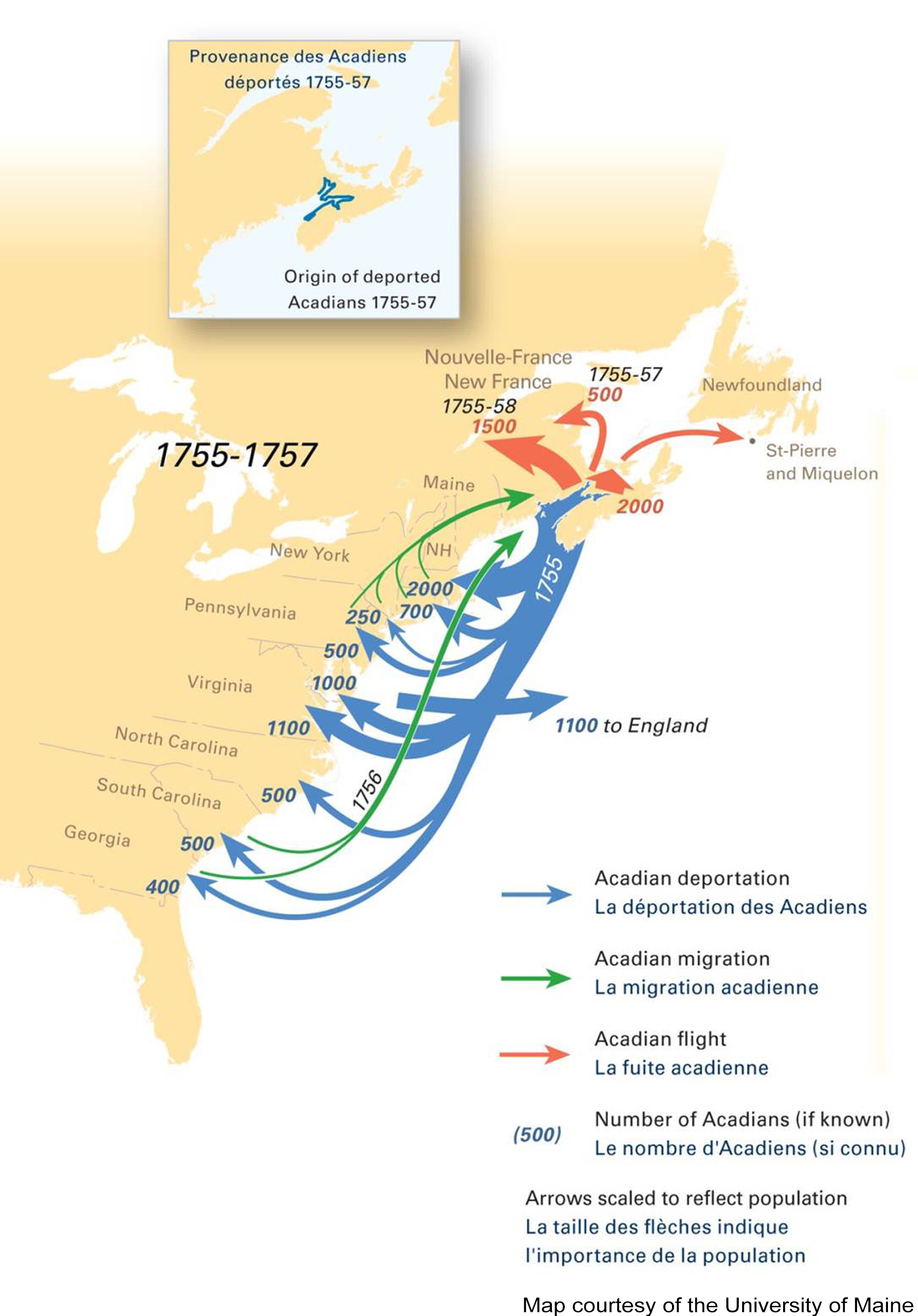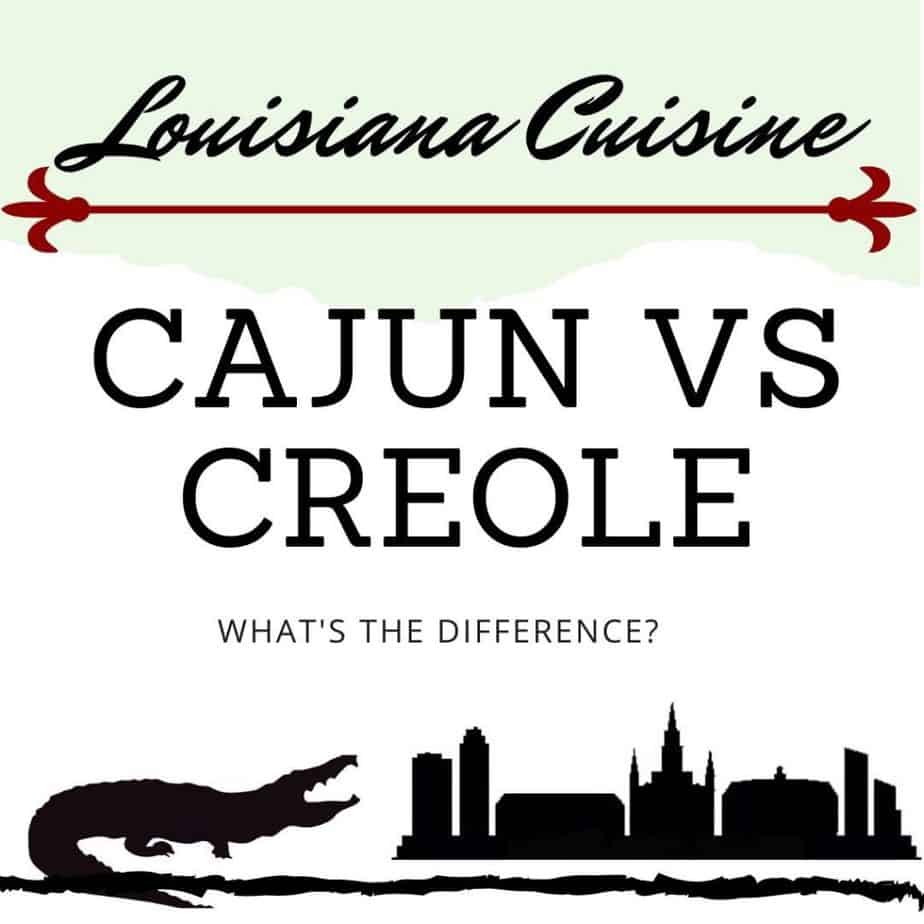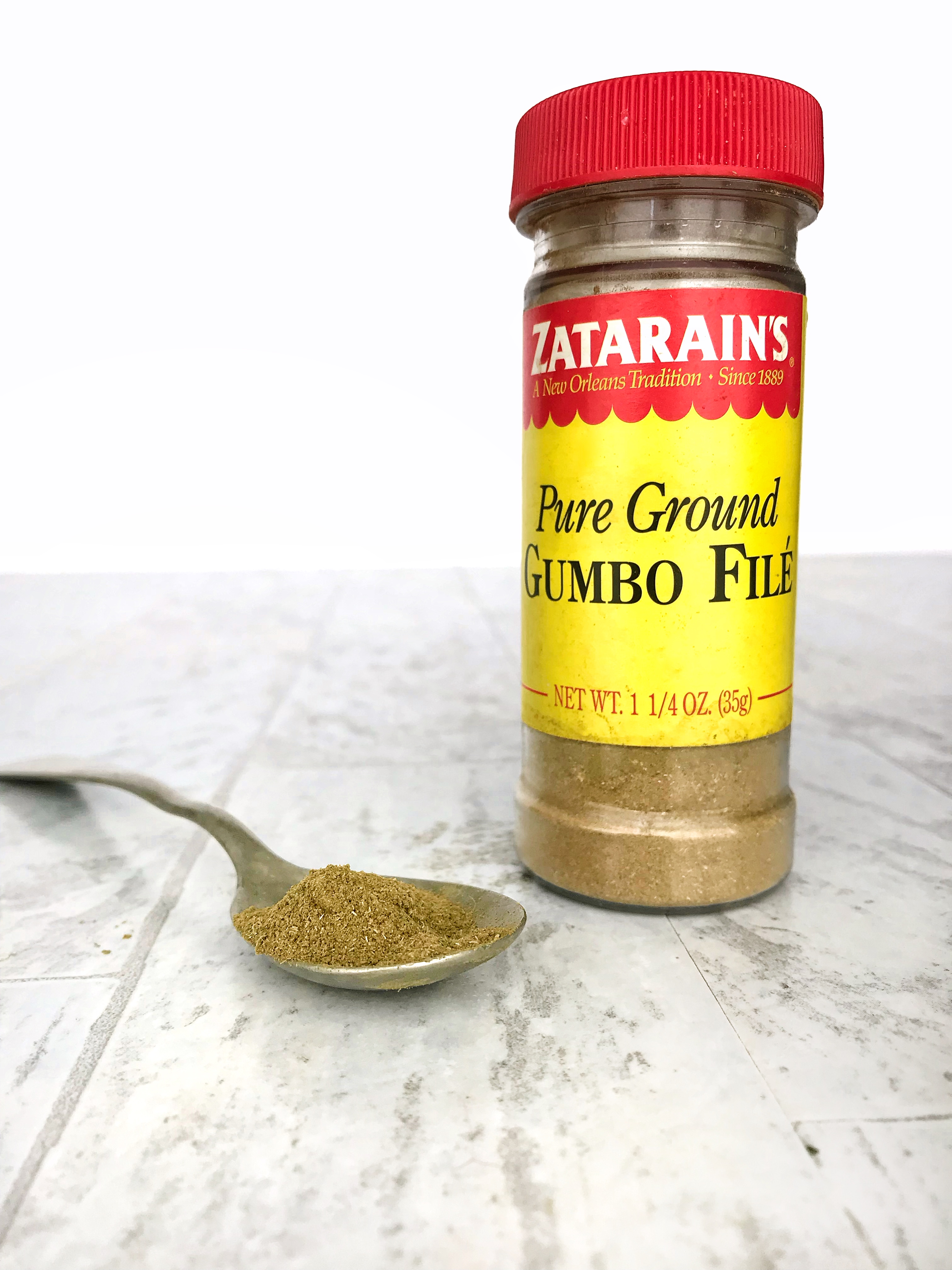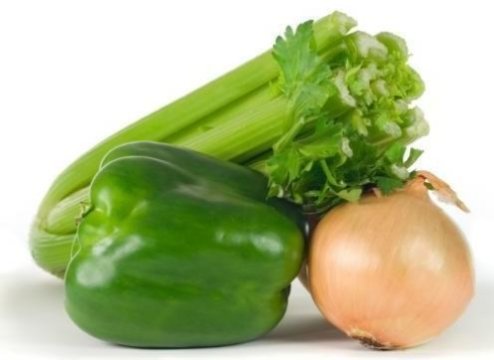The Cajuns and the Creoles: Who are they?
Cajun vs Creole--what's the difference? If you thought they were the same and completely interchangeable, you're not alone! But the two are actually quite distinct with different historical backgrounds and ingredients. The word Creole comes from the word “criollo” which is a Spanish word that means “local or native.” When New Orleans was founded, Creole simply meant “New World French,” and often comprised the commercial classes who settled the famed French Quarter.In Louisiana today, the word Creole is often used to refer to people who have mixed ancestry—French colonial, African American, and Native American.

The word Cajun comes from les Cadiens or “the Acadians.” The Acadians came the French colony of Acadia in Canada (now Nova Scotia) and were expelled from their home by the British in the early-mid-1700s. The king of France gave them a land grant and they and relocated to the bayou regions of Louisiana, south and west of New Orleans.
Although both groups have French roots, they represent different cultures, classes, and histories.
What are the main differences in Cajun and Creole food?
Cajun food is “country food.” Because the Cajuns lived out in bayou country they usually had access only to local ingredients. They cooked with what they had, making use of every part of animals they could hunt, trap, fish or tend.
Creole food is “city food,” and like our urban areas counts a wide variety of cultural influences. Creole cooking incorporates flavors from Spain, France, Germany, Africa, the West Indies, and Native Americans. The Choctaw Indians, for example, introduced Creoles to file powder (a spice made from dried sassafras leaves), a common ingredient in gumbo. The Creoles had access to more ingredients in the city than the Cajuns did. This is why you’ll often see tomatoes in Creole cooking, but not in Cajun food; you’ll also notice that Creole roux uses butter, rather than oil or animal lard, because butter was a luxury that Cajuns did not have.
What does Cajun and Creole cooking have in common?
For both Cajun and Creole cooking, the holy trinity are onion, celery, and bell pepper. This is a Louisiana variation of the French mirepoix, which is made up of onion, celery, and carrots.
One common misconception is that Cajun cooking and Creole cooking are spicy or “hot.” Though I’m not saying both don’t like a little heat to their food, Cajun cooking tends to be spicier than Creole cooking, and both are known for being flavorful and well-seasoned.
Now that you know the difference, try out our Creole Chicken and Sausage Gumbo and read about the Secrets to the Perfect Roux.
Read all about Mardi Gras in Mardi Gras 101
Don't forget to pin this recipe for later! You can also follow us on Pinterest here!
Are you part of our Facebook Page? Follow along with what's new on In Fine Taste, share YOUR favorite recipes, ask questions, post pictures of what your making, and more! Like our page HERE







Bill Camp
I love all kinds of gumbo: this is one of my faves— I made it last night: yum! you can make same gumbo, but add shrimp to the chicken or even eliminate the chicken and use fish stock and shrimp. You’ll love it also
The history of the Acadians is a great story! An addition that is not well known is that a band of Acadians fought for the colonists in the Revolutionary; and as a reward for their services, George Washington granted them 5,000 acres around Corbeau Creek in northern Clinton County NY— about 10 miles south of the border with Quebec. They form the nucleus of a French community at a village called Coopersville, NY. I went to high school with several of their descendants. Of course, the great majority of the 40,000 French in Clinton County are descended from the French Canadians who escaped from Quebec after the Rebellion of 1837–38– including my family. We all spoke the same French, tho.
François Lafrenière
Thank you for explaining the difference between the two main origins of the french settlers in Louisiana. Personnally, I am a cousin to both of them. First, three of my ggggg-mother, the Chauvin brothers, left Montréal (Québec) early 1700s so settle in Louisiana where they got married and left children, the Creoles. To work on their plantations, they bought somes slaves (Indians and Africans) who learned to speak French. Second, some Acadians left their home to the St Lawrence river valley in Québec (1755-1760) and I am a descendant of 5 of these refugees. Some of their relatives went to France and were sent to Louisiana around 1785 where they settled and became the Cajuns. By the way some French settlers also directly left Francwe to settle in Louisiana. So, in fact, there are 3 different sources of French settlers... who had contacts with Spaniards after 1765, etc...
In Fine Taste
That is so fascinating! Thank you so much for sharing!
- Alyssa
Sherri
How interesting! Thank you!
Mary Ann Yost
Loved learning about this! Also, I had heard of file powder but didn’t know what it was.